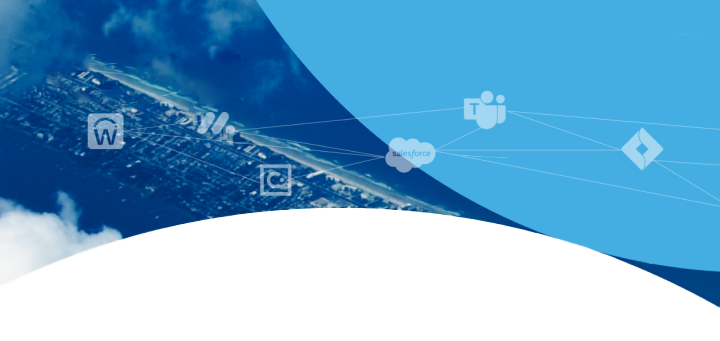top of page

Data center migration
checklist + project plan template

Yes, AlgoSec supports continuous compliance monitoring. As organizations adapt their security policies to meet emerging threats and address new vulnerabilities, they must constantly verify these changes against the compliance frameworks they subscribe to.
Can AlgoSec be used for continuous compliance monitoring?
Which network
Choose a better way to manage your network
bottom of page


